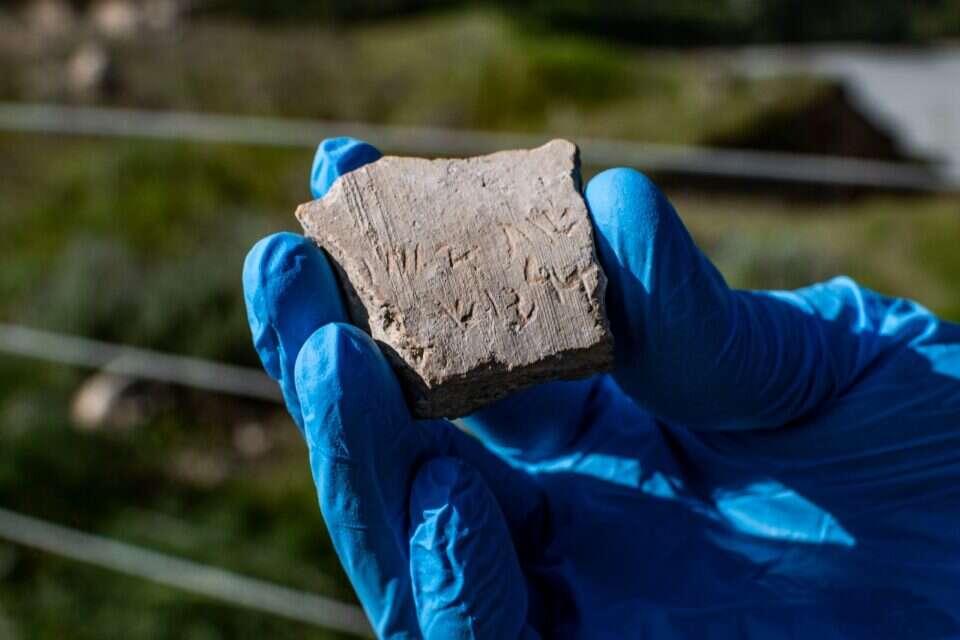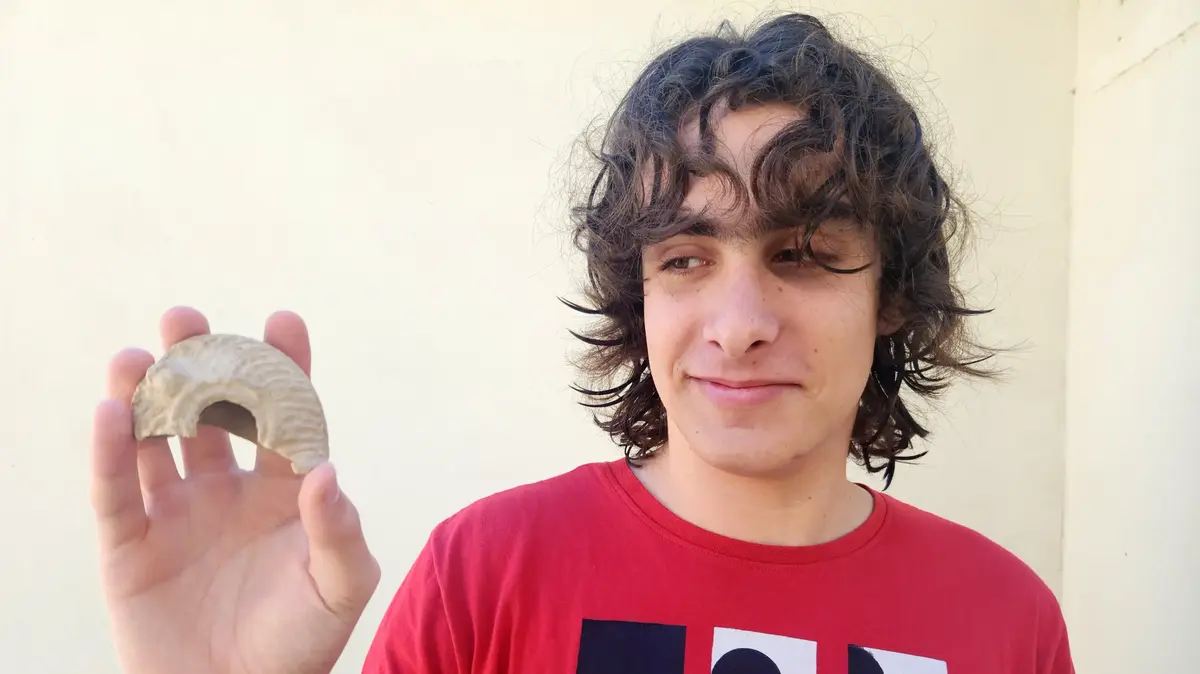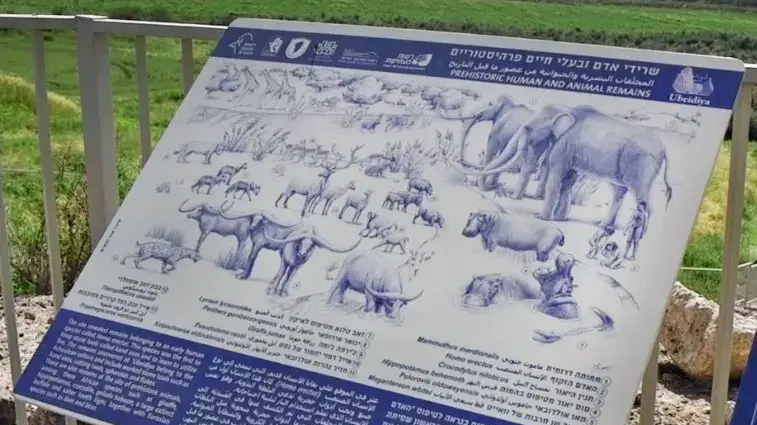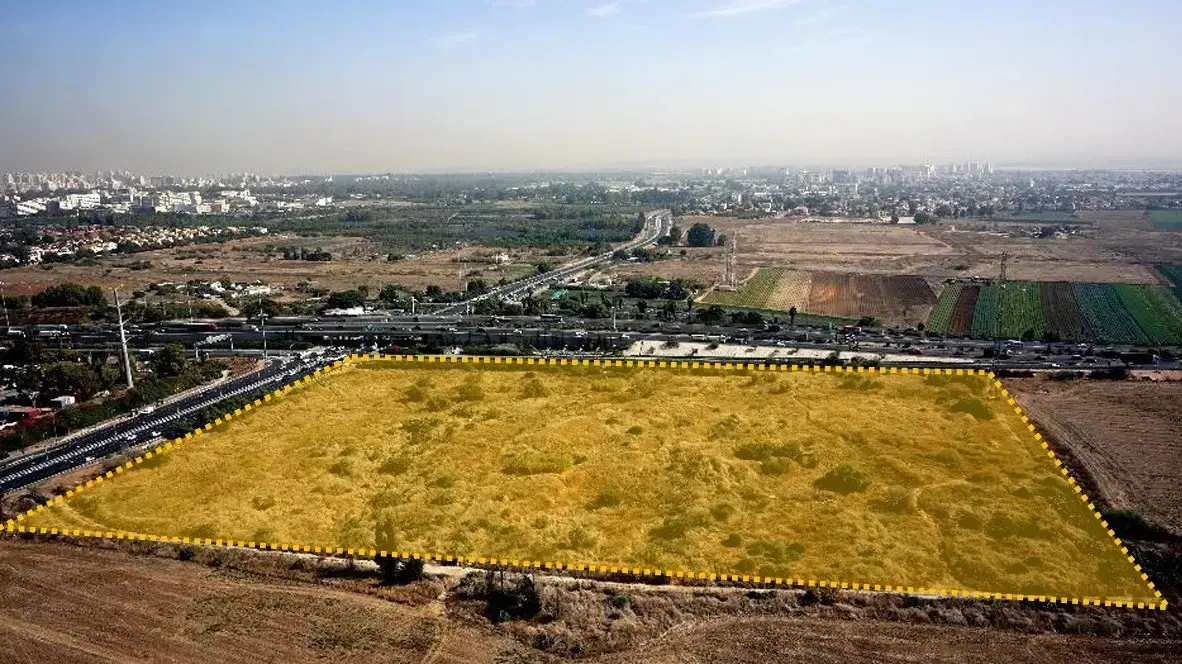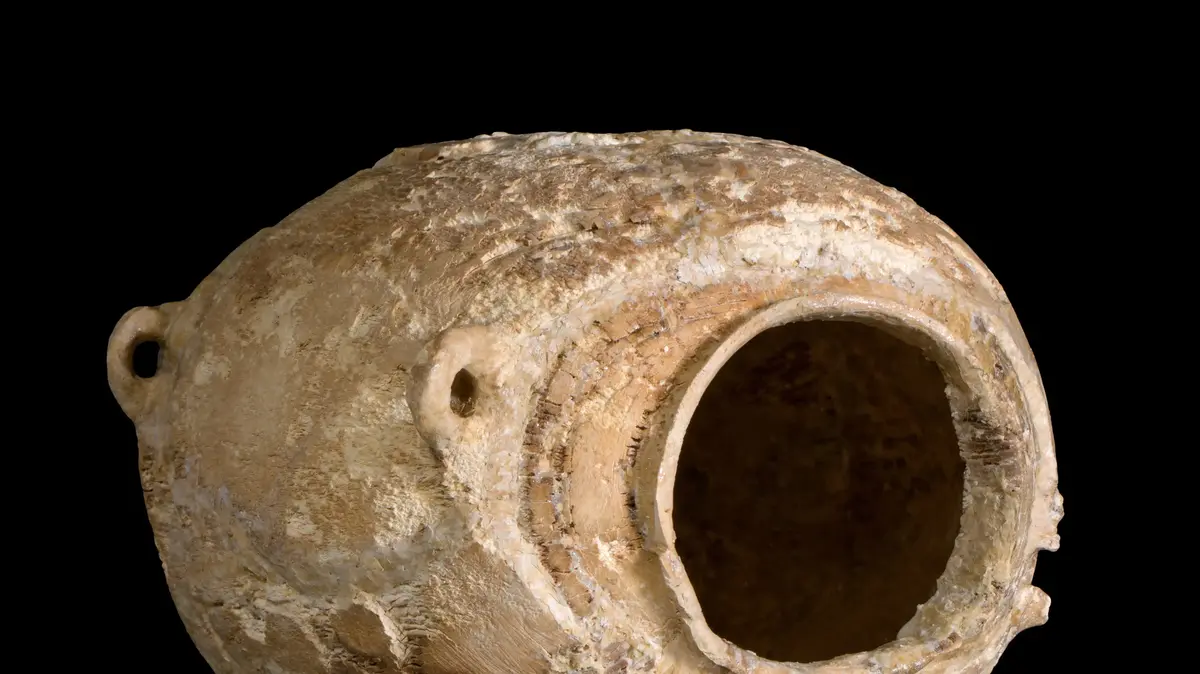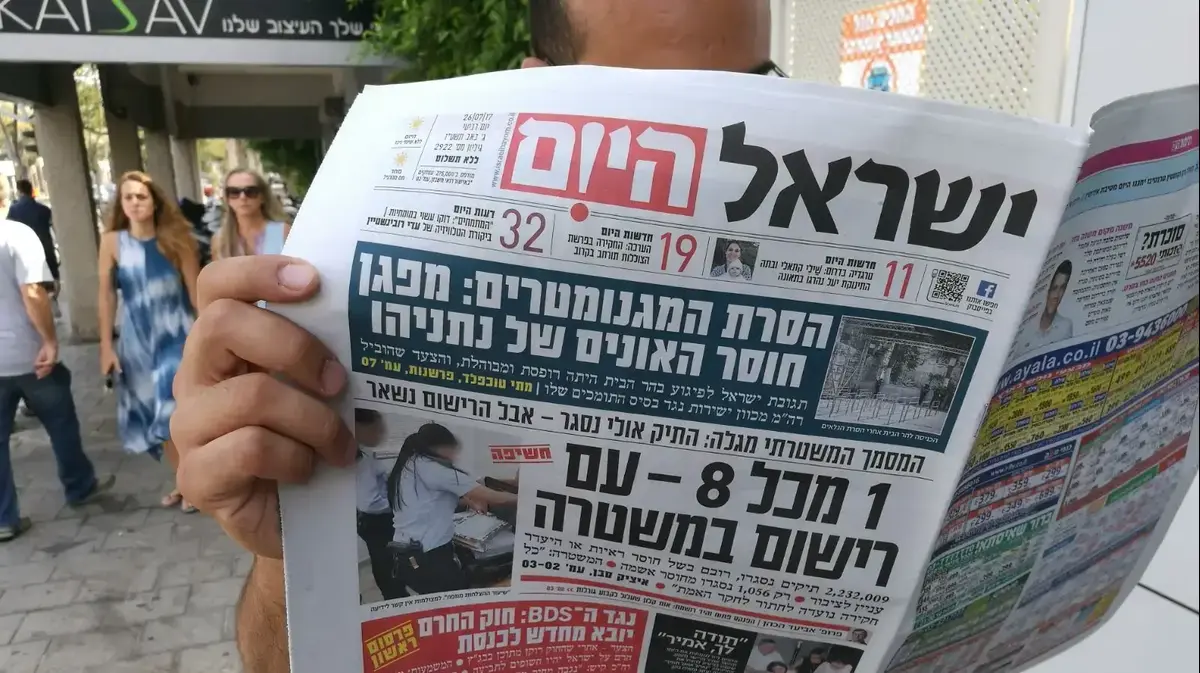A few days ago, news was sent (probably to all major media outlets in Israel) on behalf of the Antiquities Authority about a rare 2,500-year-old pottery find discovered in Tel Lakish - on which there is an "important and rare inscription bearing the name of the Persian king Darius I - the father of Ahasuerus known to us from the Book of Esther".
That's the wording of the message.
Now it turns out that this is one of the more embarrassing mistakes of the Antiquities Authority, since the find is not rare and actually dates to August 2022, when a group of students visited the place - Tel Lakish National Garden.
As part of the school trip that took place there, the instructor - a researcher specializing in ancient writing - asked to demonstrate to the students what an old Aramaic inscription looks like and engraved the name "Darivash" on a piece of pottery she found there.
The rarest find ever.
The inscription that the Antiquities Authority trashed, photo: Shai Halevi, the Antiquities Authority
A clarification notice sent by the Antiquities Authority reads: "The Antiquities Authority informs that the ancient pottery found by travelers at Tel Lakish, bearing the inscription 'Darivush Year 24', is not authentic. A researcher specializing in ancient writing, left the pottery at Tel Lakish in violation of ethics, which created a deception. The Antiquities Authority will refresh the procedures among all foreign excavation expeditions operating in Israel."
The Authority explains that following the publication in the media, yesterday (Thursday) a researcher from abroad, who participated last August in the excavations of a foreign expedition at Tel Lakish, contacted the Authority. This researcher is one of the few in the world specializing in transcriptions of the ancient Aramaic language. The researcher confessed that she demonstrated to a group of students The inscription is on ancient pottery, and then she left the find in the mound, which in retrospect created confusion. The researcher was interviewed, and according to her, she had no malicious intent.
The Israel Antiquities Authority in Tel Lakish.
Sorry, "not authentic", photo: Yuli Schwartz, Israel Antiquities Authority
"The Antiquities Authority takes responsibility for the incident," says Prof. Gideon Avni, the authority's chief scientist.
"The pottery was studied by Dr. Hagai Meshgav, a world-renowned expert on ancient Armenian writing, and by the archaeologist Sa'ar Ganor, who studies Tel Lakish, but it turns out that we came across an 'inscription in disguise'.
As an organization to which the scientific truth is a candle, we are committed to correcting the mistake before the public.
From an ethical-scientific point of view, the incident is very serious.
Leaving the engraved address on the site was negligent, and this led to misleading the researchers and disrupting the scientific truth."
According to Avni, "You can count on one hand the number of incidents of this type that have occurred in archaeological research. The incident illustrates the danger that exists in adding modern writing on top of ancient objects - a subject that has occupied the scientific community for many years. At the same time as the paleographic examination by an experienced expert, the object was tested in laboratories and found As ancient pottery. This proves once again that only an object that is discovered in an orderly excavation and comes out of the ground, in the eyes of archaeologists, is 100% real. Every other object that is discovered raises question marks."
Avni points out, as mentioned, that only pottery discovered in an official excavation and exposed to the eyes of archaeologists is real.
But that is not enough to conclude the affair.
The "Rare Find" incident is an excellent test case for the Authority.
The speed with which an inscription that was engraved a few months ago turned into a "2500 year old find" more than a year will require the professional procedures of the Antiquities Authority and puts it in a rather embarrassing situation.
were we wrong
We will fix it!
If you found an error in the article, we would appreciate it if you shared it with us

